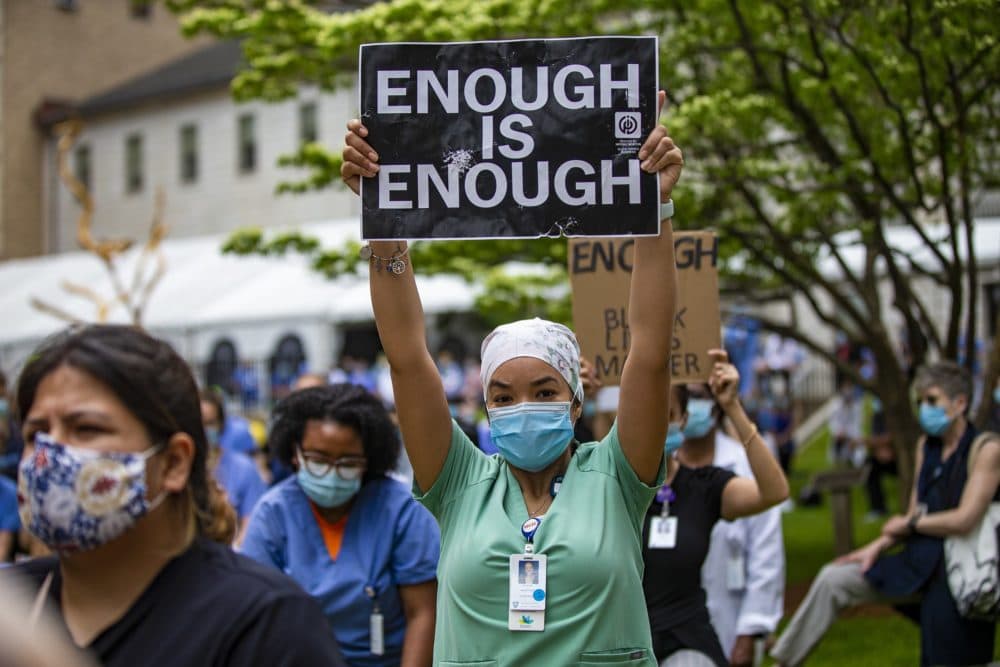
 Introduction
Introduction
In the land of opportunity and freedom, the United States of America, it may come as a surprise that social stratification remains a prevalent and enduring aspect of society. While the nation prides itself on its democratic ideals and the pursuit of happiness, the reality is that disparities in wealth, education, and power persist, shaping the lives and opportunities of its citizens. For better or worse, inequality continues to thrive in America’s capitalistic society, feeds off greed, selfishness, and personal hate against others, and drives the nation toward a future of even wider social divide in various aspects of society. In this blog post, we will explore the concept of social stratification in modern America, delving into its various dimensions and shedding light on the factors that contribute to its existence.
Understanding Social Stratification
Social stratification can be defined as the hierarchical arrangement of individuals or groups in a society based on various factors, such as income, education, occupation, and social status. In the United States, social stratification manifests in several ways, leading to differing life experiences for individuals across various social classes. Social stratification, a fundamental concept in sociology, encompasses economic aspects such as income and wealth and extends to education, occupation, and social status, collectively shaping an individual’s position in the social hierarchy. In the United States, the social narrative remains one that encourages individuals to sacrifice all they have for the dream of “making it rich” and achieving all one can hope to have in life despite social class, economic stability, and more. The truth to society is that class, wealth, and other factors greatly affect the likelihood of achieving excessive wealth in society and achieving grandiose dreams of wealth and power that America has become stereotypically associated with. All this is to reinforce the idea that one’s social class can significantly influence one’s access to opportunities and overall quality of life.
 Income and Wealth Inequality
Income and Wealth Inequality
Income and wealth inequality in the United States is an alarming facet of social stratification and remains a large divider between various individuals in society today. Economic inequality and stratification stand as a testament to the deep divides that exist within the nation and the roots of capitalism to create an unequal distribution of wealth among the entirety of society. Wealth, like many other things in life and society, is finite and, therefore, is fought among the masses to gain the most control over the financial and social wealth that one can. To this day, money and power continue to be major sources of inequality and drivers for divisions in society that only further exacerbate the massive economic divide between the wealthy elite and the average citizen.
These disparities are not only a matter of statistical figures but have tangible, real-world implications. The concentration of wealth and income at the upper echelons of society can perpetuate cycles of privilege and disadvantage and limit the general public’s access to quality healthcare, education, housing, and even basic necessities. Furthermore, economic stratification can influence individuals’ ability to save, invest, and secure a stable future for themselves and their families. The consequences of income and wealth inequality are far-reaching, affecting not just the economy but also the social fabric of the nation, making it a pressing issue that demands attention and action.
Education
Access to quality education is a linchpin in the realm of social mobility, acting as a pivotal factor in shaping an individual’s life trajectory. Quality education allows individuals to set themselves up for long-term success in modern American society, but access to quality education is not a guaranteed right in America today. The U.S. grapples with persistent disparities in educational opportunities that ripple through society, such as displayed in differences in funding or resources between schools.
Unequal allocation of resources, both financial and infrastructural, creates profound divides in the quality of education available across various communities and, therefore, affects the opportunities that students will experience later in life. Schools in poor neighborhoods often grapple with outdated materials, overcrowded classrooms, and limited extracurricular opportunities. All of these factors limit students’ exposure to diverse experiences and educational enrichment, which, in turn, affects students’ preparedness for higher education and their subsequent career prospects.
In this context, educational inequality is not solely an issue of individual effort or merit but a reflection of systemic disparities perpetuating social stratification. Students from lower-income backgrounds face formidable challenges in accessing the resources and opportunities necessary to break the cycle of poverty. Additionally, members of society in economically advantaged communities often do not support disadvantaged communities enough to offset the economic and educational disparities and inequalities between the qualities of education provided at various academic institutions throughout society. Addressing these disparities is a crucial step toward fostering a more equitable society and realizing the American dream for all.
To unravel the complex web of social stratification in contemporary America, we must embark on a deeper exploration of the underlying factors that fuel its persistence. While we’ve touched on income disparities and unequal access to education, a comprehensive understanding demands a more profound analysis of the systems and causes perpetuating this stratification in society. We as sociologists need to dissect the role of government policies, the insidious influence of discrimination and bias, the disparities in educational resources, and the power of social networks in perpetuating these inequalities to bring about the desired, positive social change that will move society toward a more equitable future. By peeling back these layers, we can discern the intricate mechanisms at play and work collectively toward dismantling the barriers that hinder true social equity.
Economic Policies
Economic policies wield significant influence in perpetuating social stratification in the United States. Taxation policies, including preferential treatment for the wealthy, can exacerbate income inequality, allowing affluent individuals to amass wealth at a faster rate. Labor market dynamics, characterized by low wages and precarious employment opportunities, trap many in cycles of financial insecurity, and the decline of labor unions has further weakened workers’ ability to negotiate for better wages and conditions. Government policies prioritizing the wealthy’s interests while failing to adequately support lower-income individuals also contribute to widening economic disparities. This situation makes it increasingly difficult for those from disadvantaged backgrounds to escape the cycle of poverty, reinforcing social stratification. Addressing these aspects of economic policy is crucial to mitigating inequality and fostering a more equitable society. Implementing policies prioritizing fairness and equal opportunity can help reverse income and wealth inequality trends and level the playing field for all citizens.
Discrimination and Bias
Discrimination and bias, rooted in factors like race, gender, and ethnicity, are major drivers of social stratification in the U.S. These biases manifest in various forms, from systemic racism to gender pay gaps and ethnic stereotypes. They act as formidable barriers, limiting marginalized groups’ access to opportunities and resources. Sadly, the history of the U.S. has long been intertwined with biases and hate against racial, gender, and ethnic differences that go against any notions of the heteronormative patriarchy. Historical legacies of discrimination, such as redlining, continue to affect access to quality education, healthcare, and employment for minority communities in society today. Gender bias perpetuates disparities in earnings, job opportunities, and caregiving responsibilities, hindering women’s economic advancement and the advancement of individuals who identify across a wide spectrum of gender and sexual identities. Ethnic and cultural biases further compound social stratification by limiting opportunities and social networks for specific groups, particularly groups that do not identify with European heritage and descent.
The consequences of discrimination are profound, entrenching inequality and restricting social mobility, particularly for marginalized individuals. Addressing these biases requires a concerted effort through policy changes, anti-discrimination initiatives, and education. By dismantling discriminatory practices and attitudes, the United States can strive for a more just and equitable society where opportunities are accessible to all, regardless of their background or identity.
Conclusion
In the face of America’s idealized notions of freedom and equality, the enduring presence of social stratification reveals a multifaceted reality. Across modern America, disparities in income, education, and career prospects continue to wield profound influence over the lives of its citizens. Understanding the intricate factors that underpin social stratification is the initial stride toward confronting these inequalities and forging a more equitable and just society. This challenge necessitates a collective endeavor that engages policymakers, educators, and society as a whole to ensure that the American dream remains within reach for all, transcending the boundaries of social class. In this united pursuit of fairness and opportunity, we can aspire to a nation where the promises of equality and mobility are not merely ideals but tangible realities for every American.
Winnek is a guest contributor at UITAC Publishing. UITAC’s mission is to provide high-quality, affordable, and socially responsible online course materials.
Images used in this blog:
- Photo by Mohamed_hassan is licensed on Pixabay. This image has not been altered.
- “Roll of American dollar banknotes tightened with band” by Kaboompics.com is licensed on Pexels. This image has not been altered.




